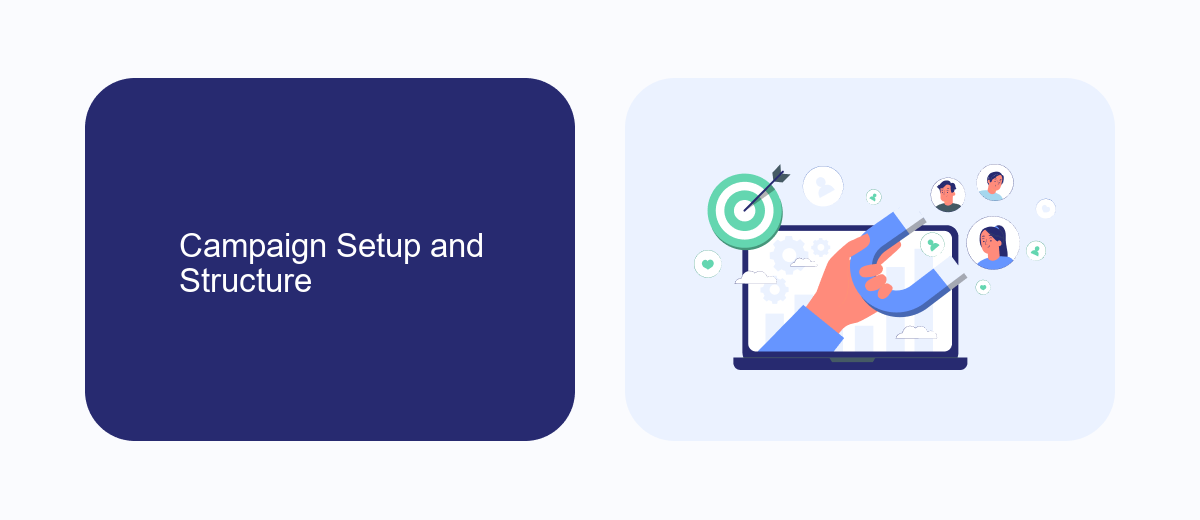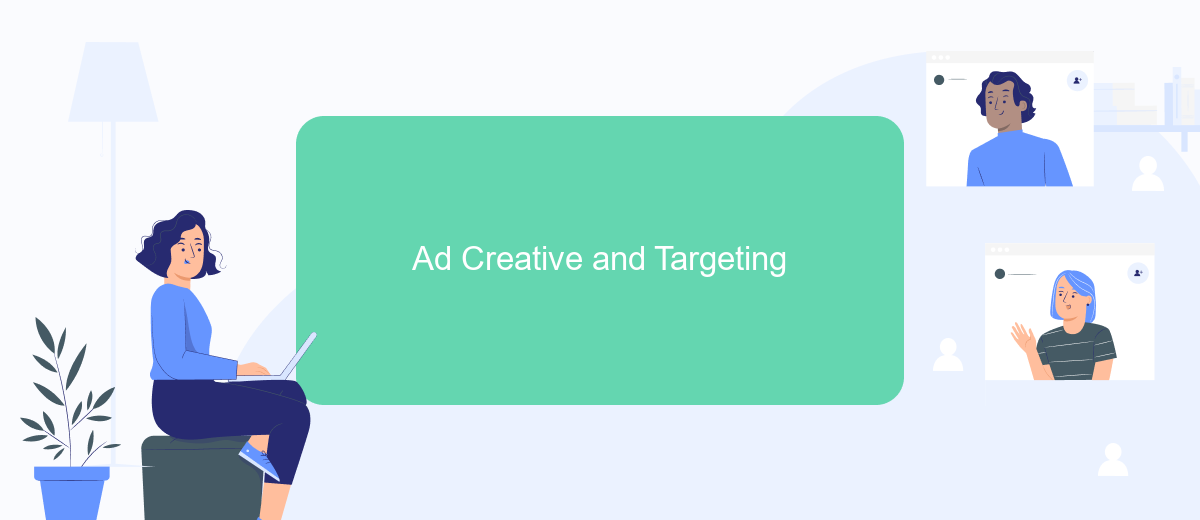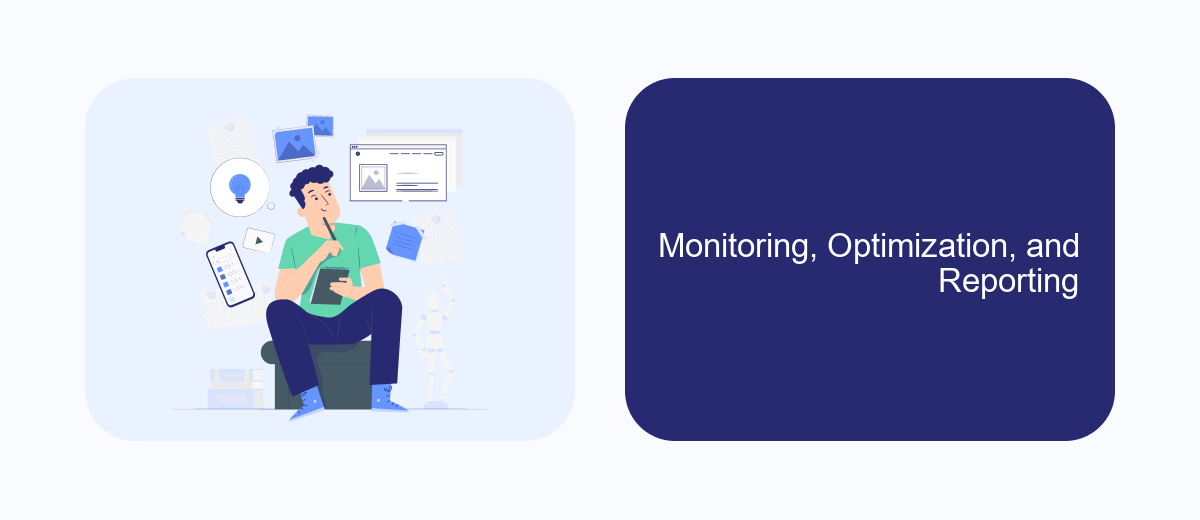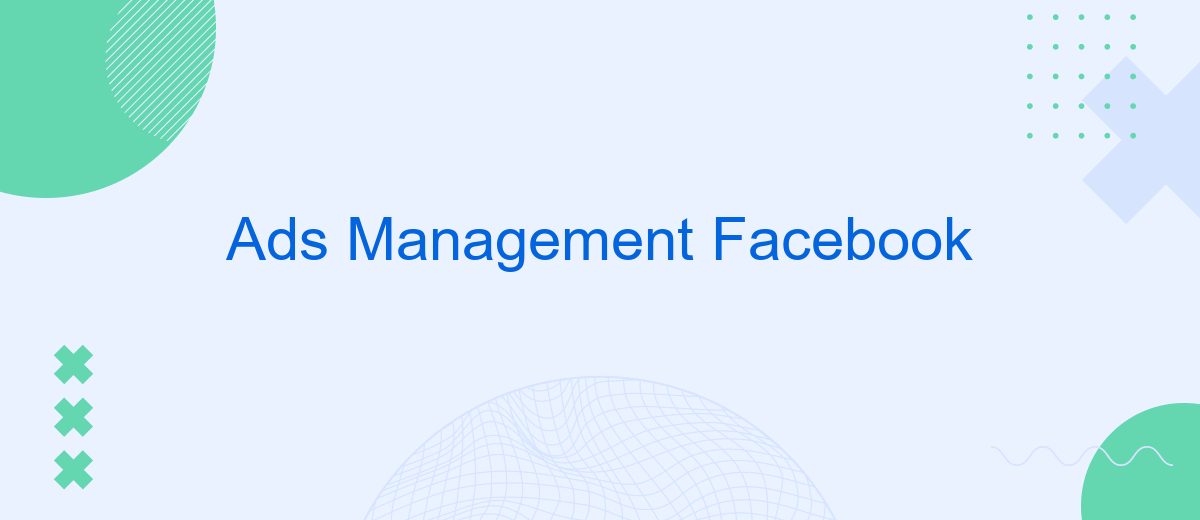In today's digital age, effective Facebook Ads Management is crucial for businesses aiming to enhance their online presence and reach targeted audiences. With over 2.8 billion monthly active users, Facebook offers unparalleled opportunities for brand visibility and customer engagement. This article explores the strategies and tools necessary to optimize your ad campaigns, ensuring maximum return on investment and driving business growth through precise audience targeting and creative content.
Understanding Your Target Audience and Objectives
Understanding your target audience and setting clear objectives are crucial steps in effective Facebook Ads Management. Knowing who your audience is helps you tailor your messaging and creative content to resonate with them, thereby increasing engagement and conversion rates. It's important to consider demographics, interests, behaviors, and pain points to create a comprehensive audience profile. This knowledge allows you to design ads that speak directly to their needs and desires.
- Identify age, gender, and location demographics.
- Research interests and online behaviors.
- Understand their challenges and needs.
- Set specific, measurable, achievable, relevant, and time-bound (SMART) objectives.
- Align ad content with audience expectations and objectives.
Once you have a clear understanding of your audience, you can set specific goals for your ad campaign. Whether your objective is to increase brand awareness, generate leads, or drive sales, having these goals will guide your ad strategy and help measure its success. By aligning your objectives with the needs of your audience, you ensure that your ads are not only seen but also acted upon, maximizing your return on investment.
Campaign Setup and Structure

Setting up a Facebook Ads campaign begins with defining clear objectives. Whether your goal is to increase brand awareness, generate leads, or drive sales, having a well-defined objective will guide the rest of your campaign setup. Next, identify your target audience by considering factors such as demographics, interests, and online behaviors. Facebook's powerful targeting tools allow you to reach specific groups, ensuring your ads are seen by the most relevant users. Additionally, consider using tools like SaveMyLeads to streamline the integration of your ads with other platforms, helping you manage leads more efficiently.
Once your audience is defined, it's time to organize your campaign structure. A well-structured campaign typically consists of multiple ad sets, each targeting different audience segments or featuring different creatives. This allows you to test various approaches and optimize performance. Within each ad set, create compelling ads with engaging visuals and clear calls to action. Regularly monitor performance metrics to make data-driven adjustments. By continuously refining your campaign structure and leveraging integration tools like SaveMyLeads, you can maximize your advertising effectiveness and achieve your desired outcomes.
Ad Creative and Targeting

Creating compelling ad creatives and effectively targeting the right audience are crucial elements in Facebook Ads Management. A well-designed ad creative captures attention, communicates your message clearly, and drives user engagement. Meanwhile, precise targeting ensures that your ads reach the people who are most likely to be interested in your products or services, maximizing your return on investment.
- Design visually appealing and relevant ad creatives that resonate with your target audience.
- Utilize Facebook's advanced targeting options, such as demographics, interests, and behaviors, to reach specific audience segments.
- Test different ad formats and creatives to determine which performs best with your audience.
- Use A/B testing to refine your targeting strategies and improve ad performance over time.
- Monitor and analyze the performance of your ads regularly, making adjustments as necessary to optimize results.
By focusing on both ad creative and targeting, you can create a powerful Facebook advertising strategy that effectively engages your audience and drives desired actions. Continuously refining your approach based on performance data will help ensure that your campaigns remain effective and aligned with your business goals.
Monitoring, Optimization, and Reporting

Effective management of Facebook Ads requires continuous monitoring to ensure campaigns meet their objectives. By regularly reviewing key performance metrics, advertisers can identify trends, spot potential issues, and make informed decisions to enhance campaign performance. Monitoring involves tracking metrics such as click-through rates, conversion rates, and return on ad spend, which are crucial for assessing ad effectiveness.
Optimization is an ongoing process that involves adjusting various elements of your ad campaigns to improve results. This can include refining target audiences, testing different ad creatives, and adjusting budgets to maximize ROI. By implementing A/B testing and analyzing data-driven insights, advertisers can optimize their strategies to achieve better engagement and conversion rates.
- Regularly review campaign metrics and performance data.
- Conduct A/B tests to identify the most effective ad creatives.
- Adjust targeting and budget allocations based on performance insights.
- Utilize Facebook's automated optimization tools for better efficiency.
Reporting is essential for communicating the success and areas for improvement in ad campaigns. Detailed reports provide stakeholders with a clear understanding of how ads are performing against set goals. These reports should include a summary of key metrics, insights gained from the data, and recommendations for future strategies, ensuring transparency and alignment with business objectives.


Budgeting and Scaling Strategies
Effective budgeting in Facebook Ads Management involves setting a clear financial plan that aligns with your marketing goals. Start by determining your overall advertising budget and allocate it across campaigns based on their priority and potential return on investment. Utilize Facebook’s budget optimization tools to manage daily and lifetime budgets, ensuring that your funds are spent efficiently. Regularly review and adjust your budget allocations based on performance metrics to maximize the effectiveness of your ad spend.
Scaling strategies are crucial for increasing the reach and impact of your Facebook ad campaigns. Begin by identifying high-performing ads and gradually increasing their budget to expand their reach. Use A/B testing to experiment with different ad creatives, audiences, and placements to discover what resonates best with your target audience. Additionally, consider using services like SaveMyLeads to automate and streamline the integration of your Facebook leads with your CRM or other marketing tools, allowing for more efficient follow-ups and conversions. By continuously monitoring and optimizing your campaigns, you can effectively scale your Facebook advertising efforts.
FAQ
How do I create a Facebook Ads campaign?
How can I target the right audience for my ads?
What is the best way to track the performance of my Facebook Ads?
How can I automate my Facebook Ads management?
What should I do if my Facebook Ads are not performing well?
You probably know that the speed of leads processing directly affects the conversion and customer loyalty. Do you want to receive real-time information about new orders from Facebook and Instagram in order to respond to them as quickly as possible? Use the SaveMyLeads online connector. Link your Facebook advertising account to the messenger so that employees receive notifications about new leads. Create an integration with the SMS service so that a welcome message is sent to each new customer. Adding leads to a CRM system, contacts to mailing lists, tasks to project management programs – all this and much more can be automated using SaveMyLeads. Set up integrations, get rid of routine operations and focus on the really important tasks.
